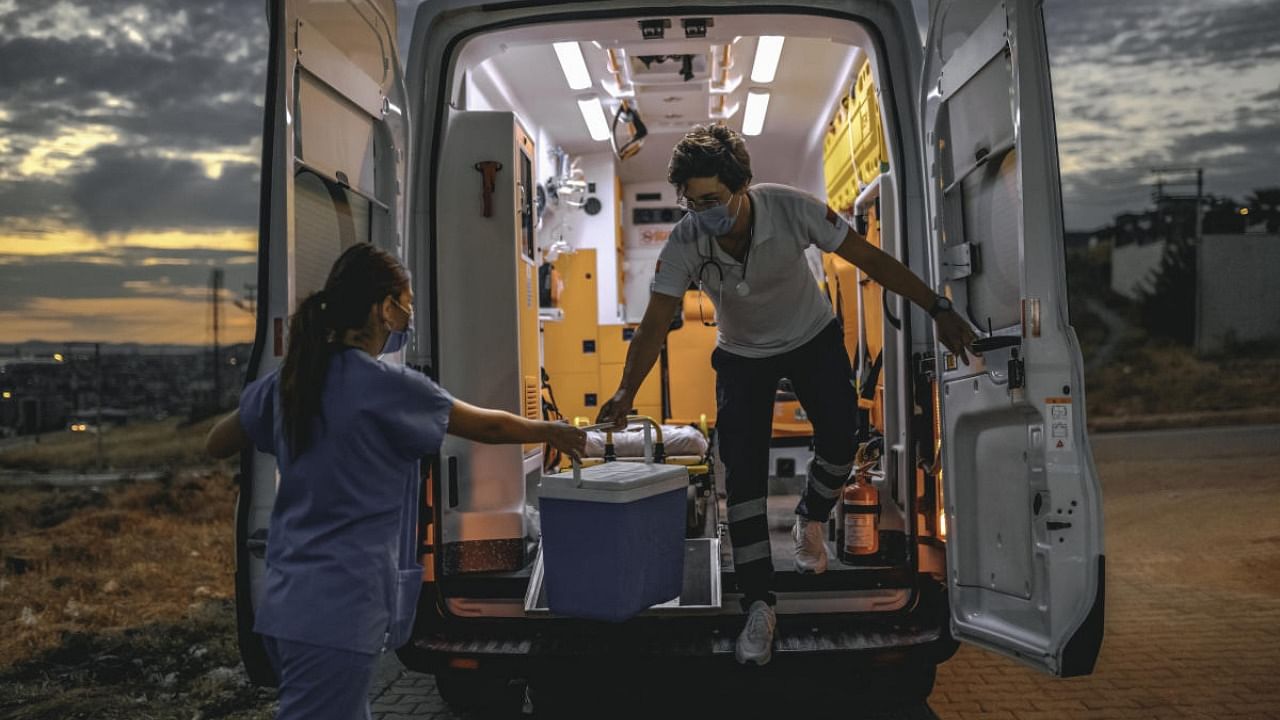
The Covid-19 pandemic caused widespread havoc, claimed the lives of millions across the globe, and brought economies to their knees. It also made us forget about several other public health threats that continue to pose a danger to humans across the globe. Animal influenza viruses such as the A(H5N1) (bird flu) and the A(H9N2) (swine flu) figure prominently in that list.
In the aftermath of one of the biggest healthcare emergencies in recent years, there is understandably less appetite among the public to prepare for another one. However, last year’s global outbreak of the H5N1 virus has once again reminded us that the next pandemic could well be in the offing if we don’t take charge of our lives and our planet.
Animal-borne infections, or zoonotic infections, got well-deserved attention as the Covid-19 virus was suspected to have originated from an animal. Both bird flu and swine flu viruses spread from people handling poultry and pigs.
The transmission from animal to human and then human to human clearly happens and has been documented as early as 1957 during the Asian flu, which was suspected to have originated in wild ducks and later moved on to pigs and then humans, killing 1.1 million people. It happened again in the 1968 Hong Kong flu, when the 1957 H2N2 virus from the Asian flu evolved by combining with another animal-borne virus to become H3N2. The tally this time was 4 million lives. In 2009, the swine flu virus, or H1N1, containing elements from birds, pigs, and humans, killed half a million people. And each of these health crises has led to the cruel culling of hundreds of millions of animals.
The latest bird flu variant, H5N1, has raised concerns across the globe as it annihilates avian populations at an unprecedented rate and could potentially make the jump to humans. The spread of such diseases happens among people handling livestock kept in unhygienic conditions and continues to spread from there to the last point of sale when a customer visits a meat shop. Influenza viruses are airborne, and human-to-human transmission is quick.
If the Covid-19 pandemic has shown us anything, it is that tracking, genome sequencing, and vaccinations are some of the quickest ways of breaking the chain of transmission. In the case of zoonotic diseases, that is easier said than done. As per 2019 statistics available with the National Dairy Development Board, the total livestock and poultry in the country were estimated to be about 1.4 billion, and that number is sure to reach the 2 billion mark very soon.
The central and state governments have mechanisms to keep a vigil on zoonotic diseases. As part of the surveillance of animal diseases in India, a web-based system called the National Animal Disease Reporting System (NADRS) is used to report diseases from states and union territories. Livestock disease situations are recorded and monitored, and preventive and curative actions are initiated as soon as possible during disease emergencies.
Even though mechanisms are in place, only a few cases are reported due to issues with implementation, user education and training, hardware infrastructure, and the user friendliness of the NADRS application. And that is why we must ponder our consumption patterns.
With meat and animal product consumption growing exponentially, we are putting tremendous pressure on the planet and its resources. According to the Water Footprint Network, it takes 4325 litres of water to produce 1 kg of chicken meat, as compared to 322 litres of water to produce 1 kg of vegetables. Add to that the pollution caused by growing animal waste in water bodies, and we seem to be paying too much of a price for the Tandoori Chicken.
Adopting an alternative food lifestyle is the only way to get out of this man-made crisis. But the onus of this change cannot be on consumers alone. While the Government of India focuses on mitigating climate change with many initiatives, including the LIFE” initiative, it cannot, on the other hand, push for intensive animal agriculture.
It is like Philip Lymbery, award winning author and CEO of Compassion in World Farming tells us in his book Sixty Harvests Left: “Governmental action on Covid-19 stands in stark contrast to efforts to tackle factory farming, climate change and the collapse of nature. The scientific evidence clearly shows that the level of threat posed by unsustainable farming practices and climate change could plunge the world into an unimaginable crisis, but few leaders are willing to do what it takes to prevent it.”
(The writer is the founder of a non-profit working for positive outcomes for people, the planet, and animals)